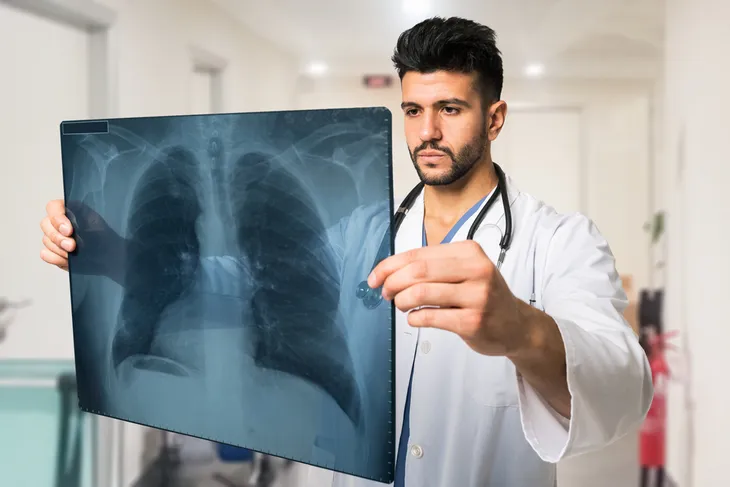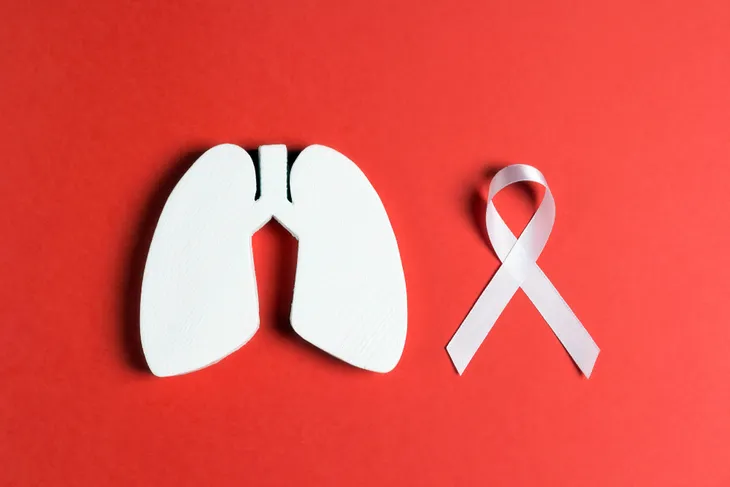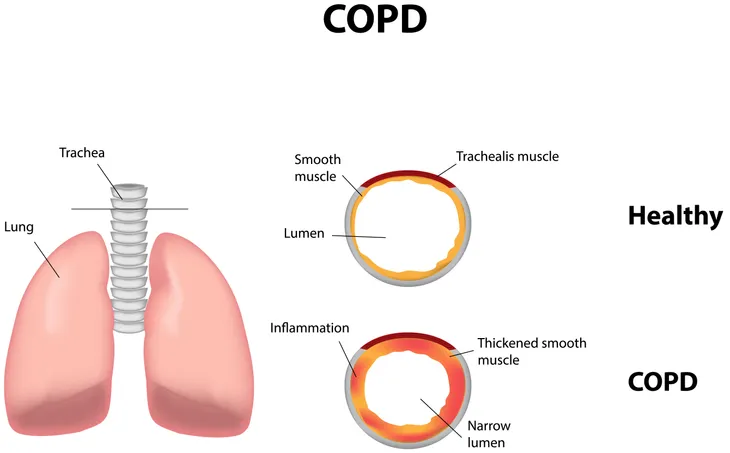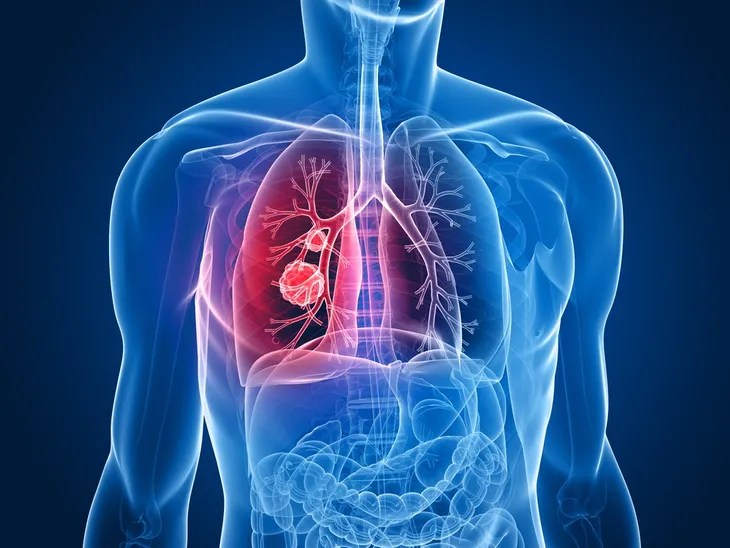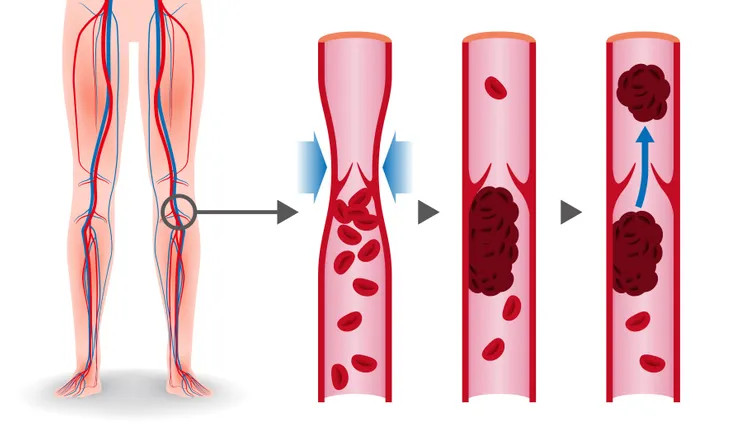We rarely think about our lungs and the job that they do until they’re no longer able to keep up with the work. Our lungs are truly incredible organs. After all, the human body cannot survive without a functioning respiratory system.
We may take our lungs for granted, but let it be known that the 37-million Americans currently suffering from lung disease do not. Lifestyle choices, genetics, and exposure to harmful aerosols may be difficult to avoid, but understanding the most common types of lung disease and their causes may make you second guess that next cigarette. So, with your pulmonary health in mind, we’re going to first take a look at the three classifications of lung diseases, and then break down the most common types and their causes.
Airway Diseases
Lung diseases can be broken up into three distinct classifications. The first type is often referred to as airway diseases, which are used to describe lung disease that affects the airways that carry oxygen into and out of your lungs. Major airways include the trachea, and the left and right bronchi, though each lung consists of more, smaller airways as well.
Airway diseases can present themselves in a variety of different ways, although they usually cause a blockage or narrowing of the impacted airway. This often causes a sensation similar to breathing out of a straw. Some examples of airway diseases include asthma, chronic obstructive pulmonary disease (COPD), emphysema, and acute/chronic bronchitis, but we’ll dive into the specifics of those a little later.
Lung Tissue Diseases
The next lung disease classification targets the structure of the lung itself and can lead to a feeling of tightness or restriction in the lungs and chest.
In the case of lung tissue diseases, scarring or inflammation impacts the structure of the lung, limiting the impacted lung’s ability to inhale oxygen and expel carbon dioxide efficiently. Examples of lung tissue disease include pulmonary fibrosis and sarcoidosis.
Lung Circulation Diseases
When we talk about circulation in the lungs, we’re talking about blood and blood vessels. Clotting, scarring, and inflammation of the blood vessels in the lungs can occur, and when it does, it can lead to a whole host of complications with the heart as well.
Circulation diseases can lead to shortness of breath and a lack of cardiovascular stamina, with hypertension being the most common manifestation of this lung disease category.
Common Types of Lung Disease
Now that we’ve broken down the three main categories of lung diseases, it’s time to get specific. Next, we’ll uncover the most common types of lung disease and their causes.
Asthma
Asthma is a common airway disease, affecting 25-million Americans, or roughly one in every 13 people in the US. It’s caused by triggers, although those triggers can vary substantially from person to person. An asthma-prone individual may trigger an attack through exposure to allergens, irritants in the air, exercise, weather, and sometimes even food.
Symptoms of asthma include shortness of breath, chest tightness or pain, wheezing when exhaling, and coughing or wheezing attacks. Although many of these symptoms can be treated with a prescription inhaler, you should seek emergency treatment if your inhaler stops working, your shortness of breath or wheezing rapidly gets worse, or if you experience shortness of breath while doing minimal physical activity.
Pneumothorax or Atelectasis
Although pneumothorax and atelectasis should be considered two distinct conditions, we’ve grouped them here for reasons that will become obvious soon.
Pneumothorax is the medical term for what’s colloquially referred to as a collapsed lung. This occurs when air escapes from the lung and gets trapped between the chest wall and a membrane called the pleura. This buildup of air can cause the collapse of the lung. Pneumothorax cases typically result from blunt trauma injuries, penetrating injuries, or as a result of medical procedures.
Atelectasis is also collapsed lung, although the mechanics of this condition are slightly different. Instead of air leaking from the lung, atelectasis happens when the small air sacs within the lung become deflated. This can lead to the partial or full collapse of the lung and usually occurs after surgery. It can also be a complication of cystic fibrosis, lung tumors, fluid in the lung, or a chest injury.
Chronic Obstructive Pulmonary Disease (COPD)
COPD is the fourth leading cause of fatalities in U.S., affecting roughly 16-million Americans. But, what is it? COPD is a long-term lung disease associated with both chronic bronchitis and emphysema. It can cause persistent cough and mucus and shortness of breath.
The most common cause of COPD is smoking or long-term exposure to secondhand smoke. Even though there is no outright cure, doctors rely on a combination of inhalers, corticosteroids, vaccines, and antibiotics to manage symptoms and slow the disease.
Lung Cancer
Lung cancer is the second most common cancer in both men and women, with over 235,000 new cases estimated for 2021 alone. Symptoms of lung cancer include a new cough, shortness of breath, weight loss, headaches, chest pain, and hoarseness.
Localized to the lungs, lung cancer is predominantly caused by smoking cigarettes and starts when the cells inside the lungs begin to grow out of control. Most of us consider lung cancer to be just one disease, but there are actually two distinct subtypes: non-small cell lung cancer, and small cell lung cancer.
Pneumonia
Chest pain, a phlegm-producing cough, fatigue, fever, and a lower than normal body temperature are all symptoms of this incredibly common lung infection.
Pneumonia occurs when an infection inflames the air sacs of one or both lungs. Over time, those air sacs can fill up with fluid, which then leads to all or some of the symptoms mentioned above. Pneumonia is usually caused by bacteria and viruses apparent in the air we breathe and is classified by the type of germ that caused it and the place in which it was acquired.
Pulmonary Edema
Pulmonary edema can be solved with immediate medical attention, which makes monitoring symptoms and seeking help that much more important. If you feel like you’re suffocating, especially when lying down, or you suddenly begin wheezing, notice bluish lips, or experience extreme shortness of breath, get to a doctor right away.
More than 1-million patients are admitted with a diagnosis of pulmonary edema each year, usually as a secondary condition to cardiac issues (such as heart failure). It is caused by excess fluid in the lungs and if it’s not treated quickly, it can be fatal.
Pulmonary Embolism
Pulmonary embolism can be fatal too. Most commonly caused by blood clots that travel to the lungs, a pulmonary embolism is a blockage affecting one of the arteries in your lungs, which can block blood flow.
Typical symptoms of pulmonary embolism include shortness of breath, chest pain, and coughing. Excessive sweating, rapid or irregular heartbeat, and fever could also be present. Furthermore, heart disease, cancer, and surgery can all increase your risk of developing pulmonary embolism, and it usually occur following periods of long-term inactivity.
Maintaining Healthy Lungs
Asthma affects 24.8-million Americans, COPD accounts for millions of emergency department visits every year, and tobacco is the leading cause of preventable fatalities in the U.S. While this may be alarming, there are steps that we can integrate into our daily lives to maintain healthy lungs.
Exercise, eating right, and avoiding smoking are all steps you can take to maintain healthy lungs. If you’re experiencing any of the symptoms above, please with your doctor. At your next checkup, you can also ask your doctor if you’re at risk for any of these lung diseases.



